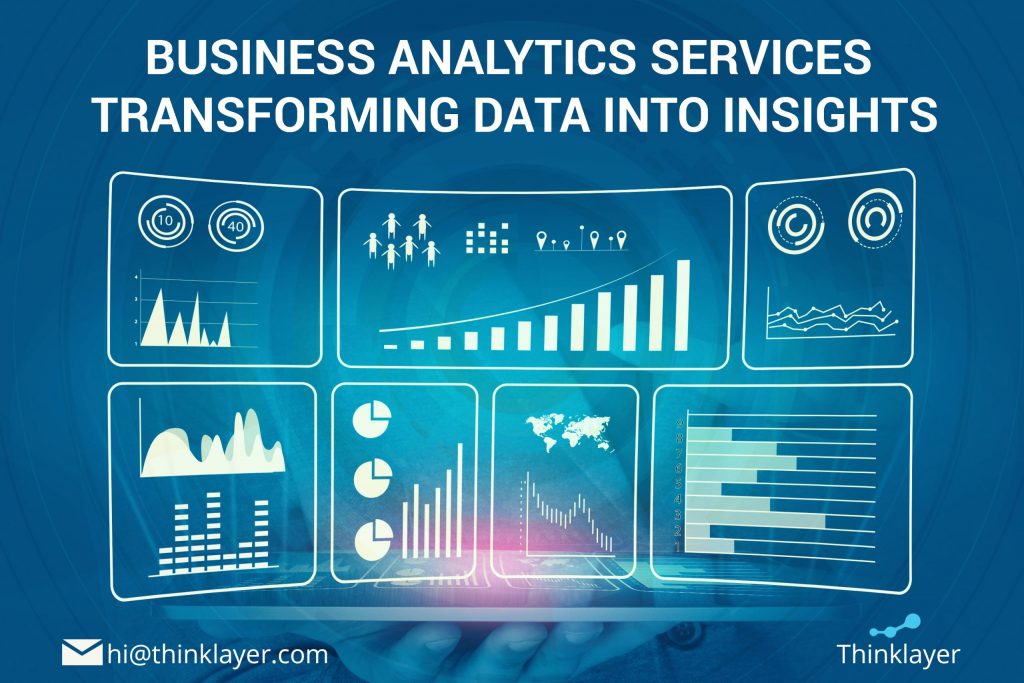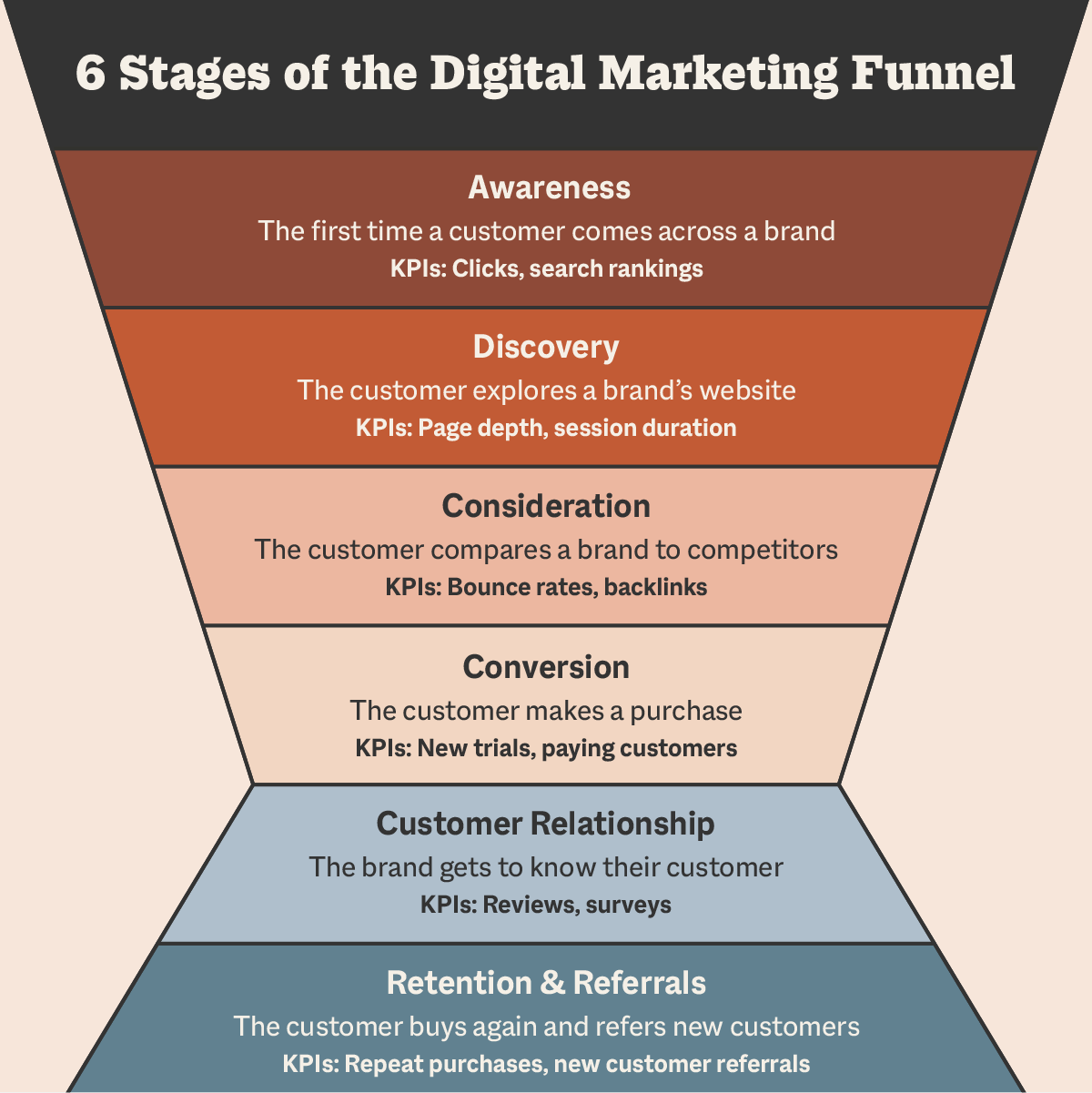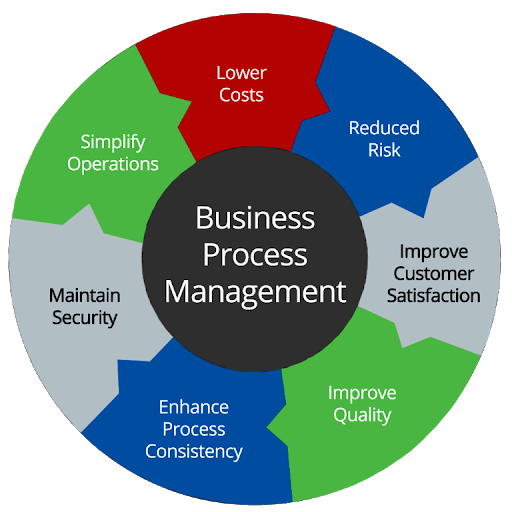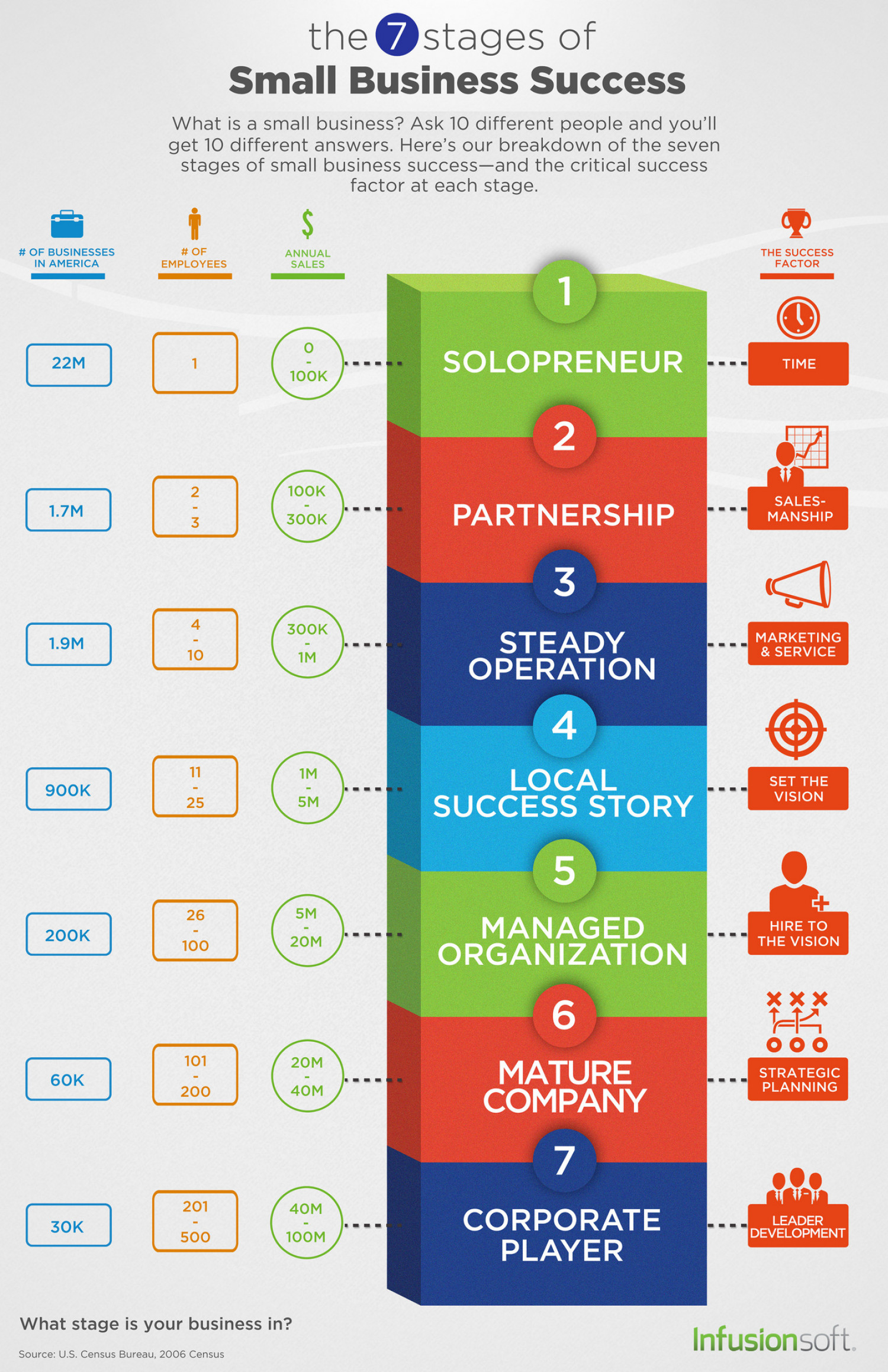Unlocking the Power of Business Analytics – A Guide for Entrepreneurs
In today’s data-driven world, harnessing the power of business analytics has become essential for entrepreneurs seeking to drive growth and make informed decisions. By leveraging data to gain insights about customers, operations, and market trends, entrepreneurs can gain a competitive edge. This guide aims to provide entrepreneurs with a comprehensive understanding of business analytics, its benefits, and how to implement it effectively.
1. What is Business Analytics?
Business analytics is the practice of using data and statistical methods to gain insights and make data-driven decisions. It involves collecting, organizing, analyzing, and interpreting data to identify patterns, trends, and relationships. With business analytics, entrepreneurs can transform raw data into actionable insights that drive business growth.
2. Why Business Analytics Matter
Business analytics offers numerous benefits for entrepreneurs. These include:
– Enhanced Decision Making: By analyzing data, entrepreneurs can make data-driven decisions based on facts rather than intuition or assumptions.
– Improved Operational Efficiency: Business analytics helps identify inefficiencies in operations, enabling entrepreneurs to optimize processes and reduce costs.
– Better Customer Understanding: Analytics provides insights into customer behavior, preferences, and needs, helping entrepreneurs tailor their products or services to meet customer demands effectively.
– Competitive Advantage: By utilizing business analytics, entrepreneurs can gain a competitive edge by identifying market trends, predicting customer needs, and staying ahead of the competition.
3. Key Components of Business Analytics
To leverage business analytics effectively, entrepreneurs need to understand its key components:
– Data Collection: Gathering and organizing relevant data from various sources, such as customer databases, social media, and transaction logs.
– Data Analysis: Applying statistical techniques, machine learning algorithms, and data visualization to uncover insights and patterns within the data.
– Data Interpretation: Interpreting the results of the analysis to gain actionable insights and make data-driven decisions.
– Predictive Analytics: Using historical data and statistical techniques to forecast future outcomes and trends.
– Data Visualization: Presenting data in a visual format, such as charts or graphs, to aid in understanding and decision-making.
4. Implementing Business Analytics
To harness the power of business analytics, entrepreneurs should follow these steps:
– Define Objectives: Clearly define the business objectives and questions you want to answer through analytics.
– Identify Data Sources: Determine the data sources that are relevant to your objectives, including internal databases, market research, or third-party data providers.
– Collect and Clean Data: Gather the required data, ensuring its quality and cleanliness through data cleansing techniques.
– Analyze Data: Utilize appropriate statistical methods and analytics tools to analyze the data and derive meaningful insights.
– Interpret and Visualize: Interpret the results of your analysis and present them in a visually appealing and understandable format.
– Act on Insights: Take action based on the insights gained from the analysis to improve business processes, strategies, or customer experiences.
– Continuously Improve: Regularly review and refine your analytics practices, incorporating feedback and adjusting your approach to optimize results.
5. Tools and Technologies for Business Analytics
Numerous tools and technologies can assist entrepreneurs in implementing business analytics effectively. These include:
– Data Visualization Tools: Tableau, Power BI, or Google Data Studio for creating intuitive and visually compelling dashboards and reports.
– Statistical Analysis Tools: R, Python, or IBM SPSS for performing statistical analysis and modeling.
– Predictive Analytics Tools: SAS, RapidMiner, or IBM Watson for building predictive models and forecasting future outcomes.
– Customer Relationship Management (CRM) Systems: Salesforce, HubSpot, or Zoho CRM to collect and analyze customer data.
– Web Analytics Tools: Google Analytics, Adobe Analytics, or Mixpanel for tracking website and marketing performance.
6. Challenges and Considerations
Implementing business analytics may come with challenges and considerations, such as:
– Data Quality: Ensuring the data collected is accurate, relevant, and free from errors.
– Privacy and Security: Protecting sensitive data and complying with data protection regulations.
– Analytics Expertise: Having access to skilled professionals or training resources to perform data analysis effectively.
– Data Integration: Combining data from different sources and formats for comprehensive analysis.
– Scalability: Designing analytics processes that can accommodate increasing amounts of data as the business grows.
By embracing business analytics, entrepreneurs can unlock the power of data and gain valuable insights to propel their businesses forward. Understanding the components, implementing best practices, and utilizing the right tools can enable entrepreneurs to make informed decisions, enhance operational efficiency, and gain a competitive advantage in today’s competitive landscape. So, start your journey into business analytics today and unlock the true potential of your business.











